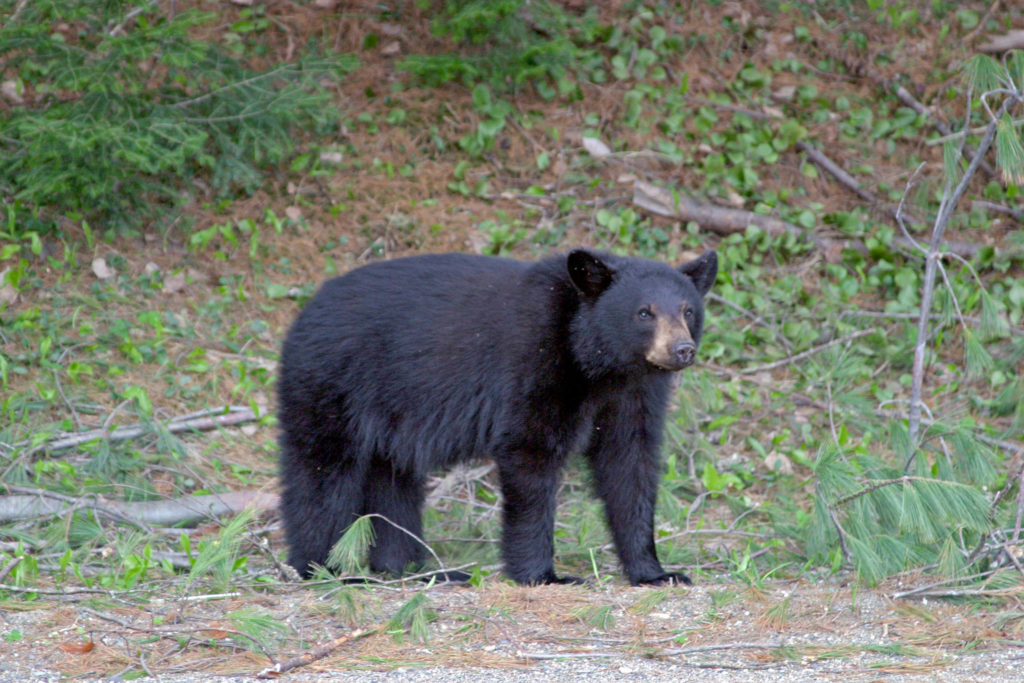
The population of black bears in southern New York has grown and expanded its range over the past 20 years, which has led to increased encounters with people. Until recently, a detailed knowledge of bear populations in the state has been lacking.
A new study by Cornell University, published last March in the Journal of Wildlife Management, looked at the densities of black bears in southern New York and examined how bears are distributed relative to the amount of forest, agricultural lands and human development across the study area.
The study estimates that the average density of black bears in the southern New York area is about one bear for every 3 square miles. Bear densities decreased slightly farther north in the study region, which supports the idea that black bear ranges have been expanding northward.
Historically, New York has three bear ranges: the Adirondack, Catskill and Allegheny mountain regions. But the Catskill and Allegheny ranges have expanded and grown together and are now considered to be a single range that covers the entire Southern Tier region of New York.
The researchers set up close to 200 research sites with lines of barbed wire used to snag hair samples from passing bears over two summers. They used DNA analysis of the hair to identify the individual bears from the samples. This new technology replaced previous methods that required capturing and physically tagging bears.
The researchers believe that bear populations will continue to expand northward, reaching into areas with higher human populations. A citizen science project called iSeeMammals is underway to collect data on bears across upstate New York from hikers, hunters and naturalists in the region.
**********
Web Links
Cornell researches black bear boom in New York
Photo, posted May 13, 2011, courtesy of the U.S. Fish and Wildlife Service via Flickr.
‘More Black Bears in New York’ from Earth Wise is a production of WAMC Northeast Public Radio.